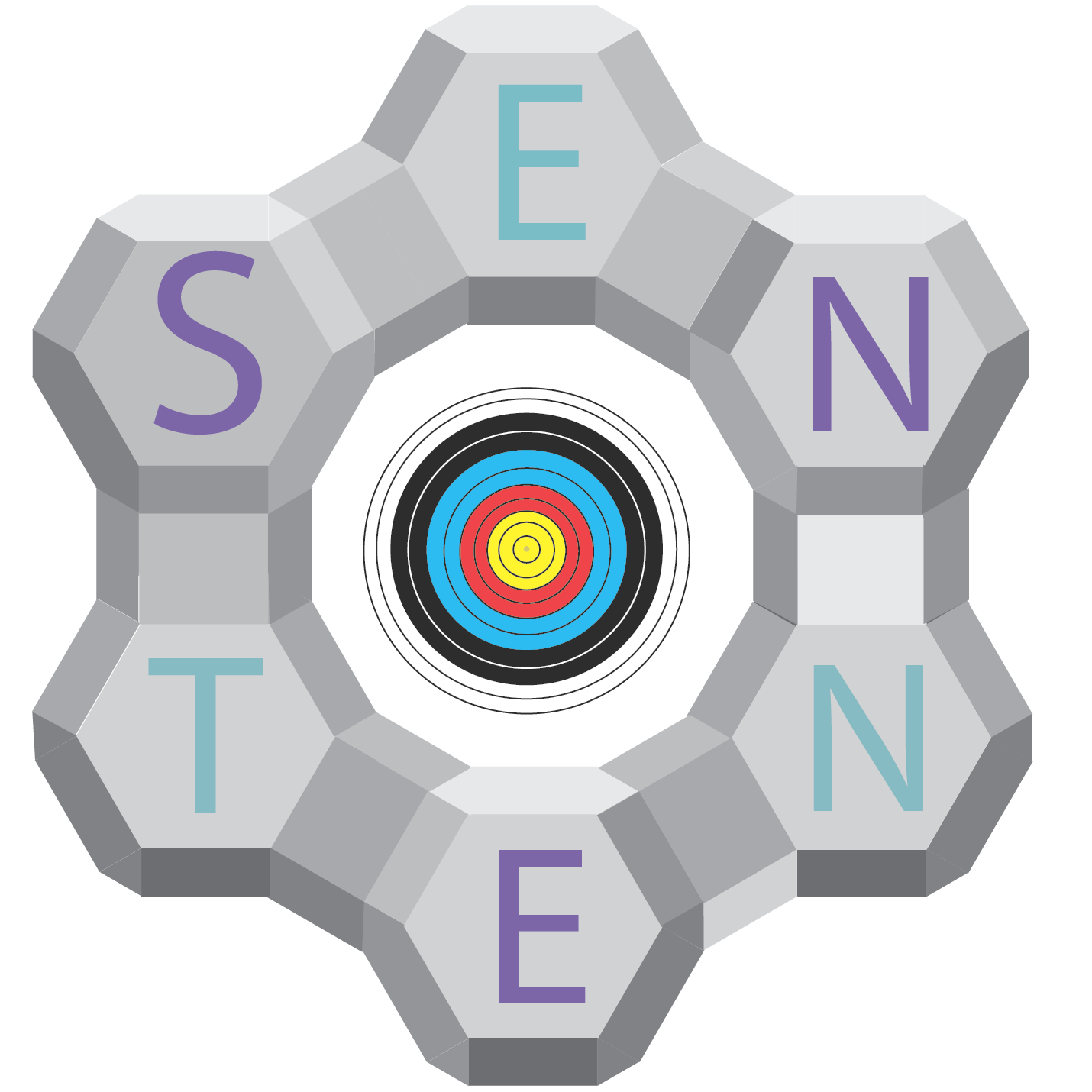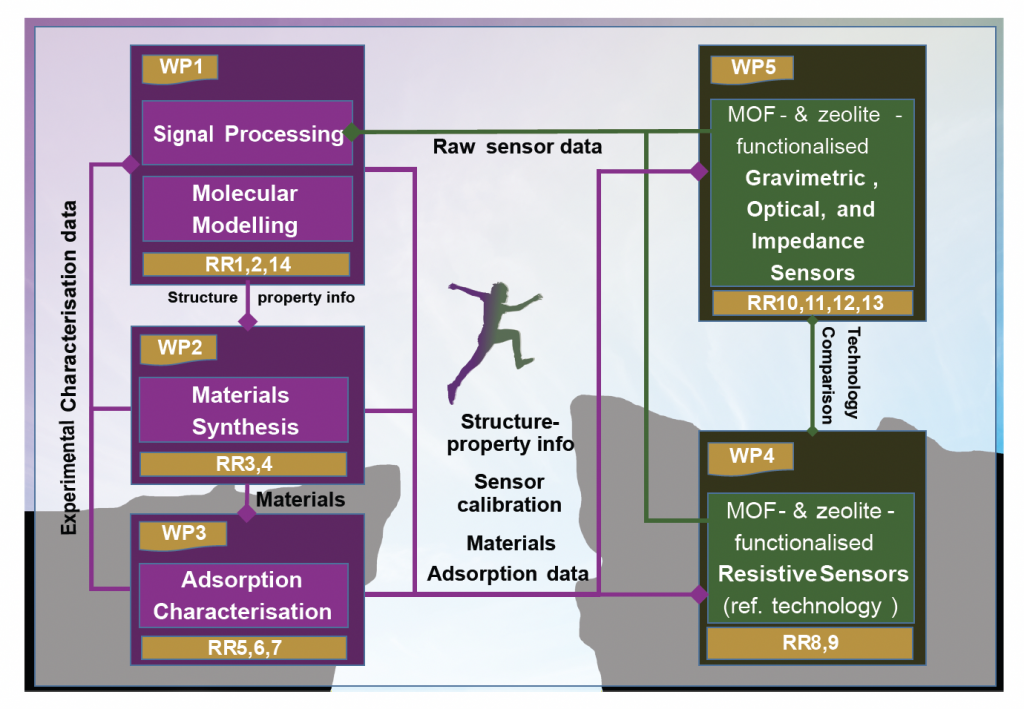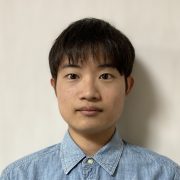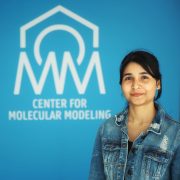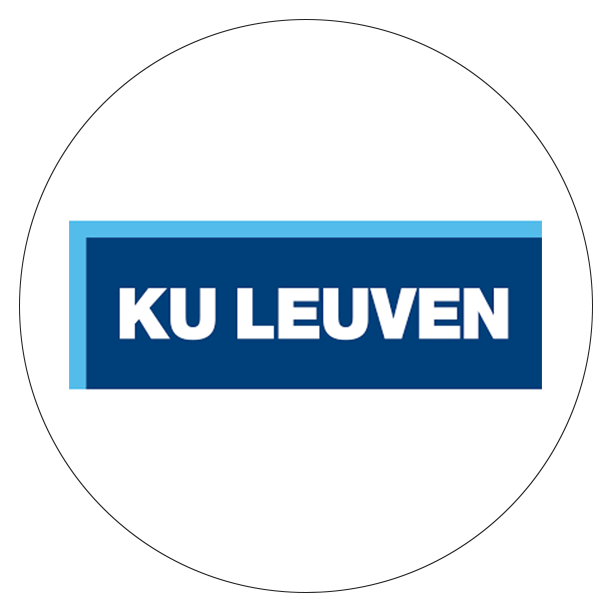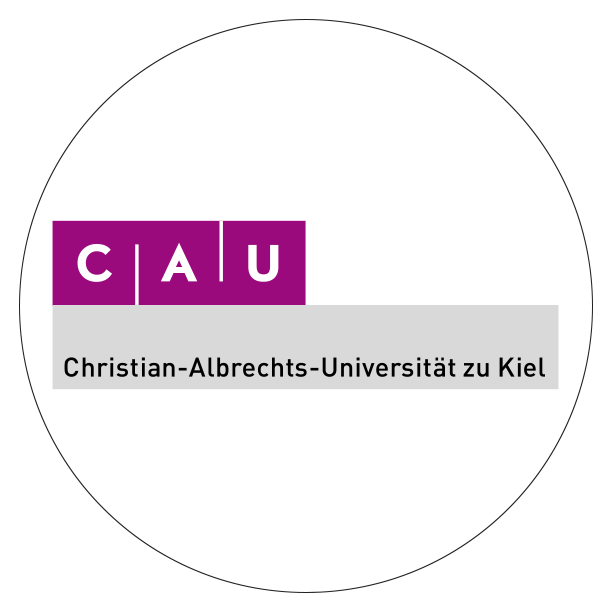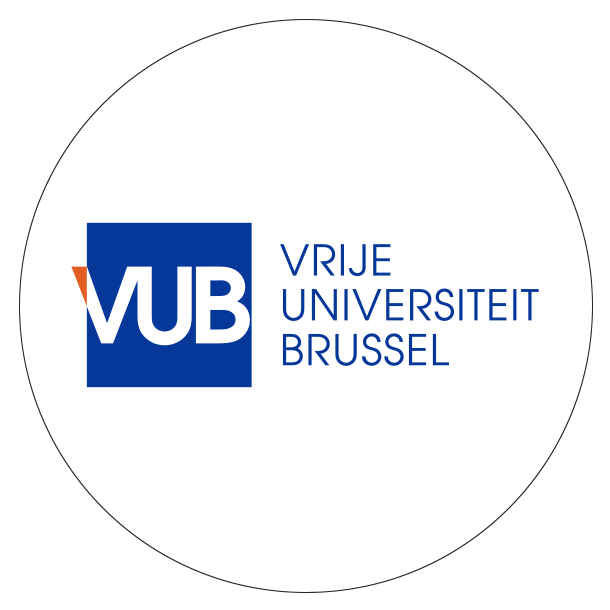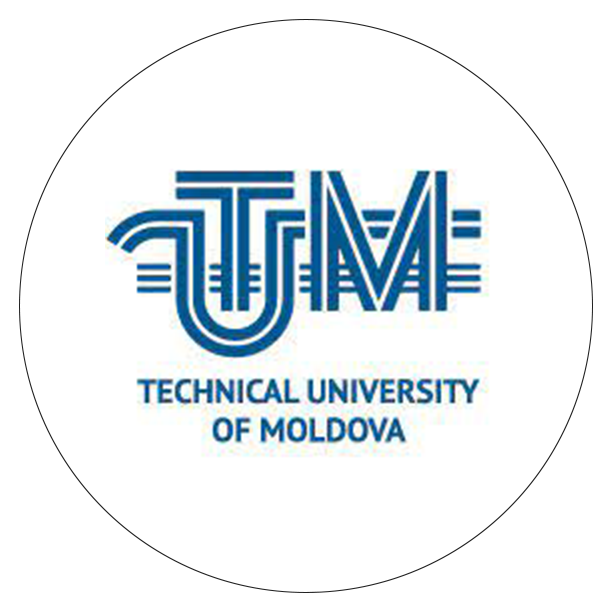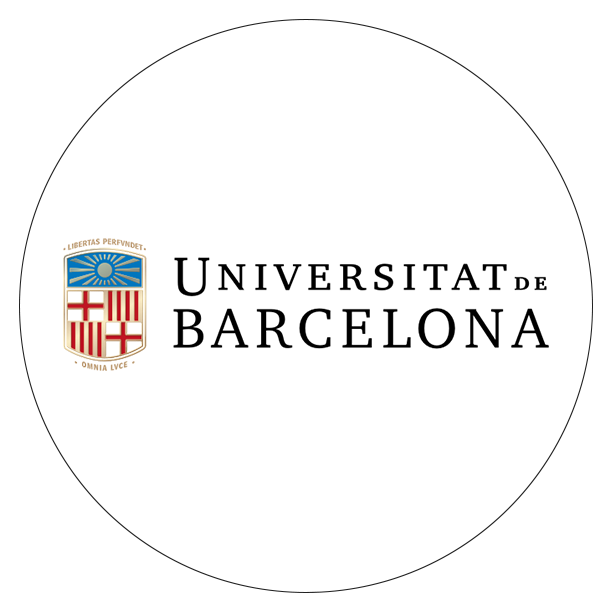What is it all about?
SENNET’s aim is to develop new, high-quality, low-cost miniature sensors and sensor arrays for the selective detection of VOCs.
Our approach is based on exploiting the adsorption properties of two tuneable porous-material families: metal-organic frameworks (MOFs) and zeolites.

12
SENNET Scientific Objectives:
Because of the large numbers of MOFs (> 10,000) and zeolites (> 240), and their numerous multicomponent adsorption behaviours, an efficient screening approach is needed. High-throughput computational approaches will be developed to tackle this problem and identify structure-adsorption property relationships.
The predicted behaviour must be validated by experimental adsorption tests for both single components and complex mixtures to fully understand the behaviour of the materials in indoor air.
Synthesis of MOFs and zeolites and fine-tuning of their properties to obtain the required mixed-component adsorption behaviour, based on the identified structure-adsorption property relationships. The materials will be prepared in a form that facilitates their integration in sensors.
Sensor fabrication and testing based on the most promising MOFs and zeolites. New fabrication approaches will be explored and the testing will involve real-world conditions. Different strategies to transduce the VOCs’ adsorption characteristics into a measurable signal will be benchmarked.
Signal-processing methods will be developed to calibrate the sensors and sensor arrays and to prevent non-selective or drifting signals as a result of temperature, relative humidity, or interfering compounds.
SENNET’s five scientific objectives (SOs) above translate into five work packages (WPs 1–5) below:
